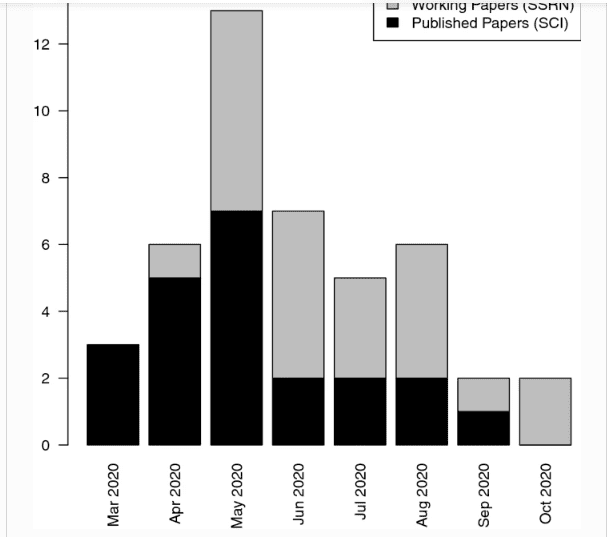It is of course no exaggeration to say that after the outbreak of COVID, almost overnight the total scenario of working in the offices changed. The real estate business was also greatly affected due to this pandemic situation.
Before the outbreak of Omicron during the fall of 2021, almost 50% of the workforce had come back to their offices and out of those who returned to their offices, only 43% returned to a full 5-day office work week, as compared to 79% during the pre-pandemic.
So, we can say that more than 78% of the office worker population continued to work from home. The foot traffic throughout 2021, in office buildings, had declined by 80% from the traffic rates of pre-pandemic days.
To address these new changed realities, real estate Companies also giving stress the importance of adopting certain new approaches:
- Introducing flexible lease clauses and shorter leases
- Strategies for improving the tenant experience, with certain ideas like creating activity-based workspaces to adopt technology solutions
- Property owners are also thinking of how they can retrofit older buildings for integrating more options for food choices, leisure, also the enjoyment of outdoor spaces.
Use of technology
The pandemic situation has made more meaningful as with the approach suggested in https://100commissionrealestate.com/ one can remain at their home and work and collect information.
Agents can view different properties in detail without visiting the location and discussing it with the clients.
Another key area that brokerages are trying to focus on is the rationalization of the purchase process. A few US-based tech experts were the early innovators to bring the property transaction process online by enabling the e-signing of all the relevant documents.
Critical inputs are in short supply
One thing that emerged in the Real Estate Forum was the ongoing shortage of affordable housing units. As a result, in 2021, it ended up with fewer properties listed for sale than before at any point on record.
Despite the increase in the construction of single-family homes in 2021, and also in multi-family home construction, still, the supply is falling well short of demand.
Certainly, it is no surprise that the supply chain challenges have created a ripple effect in the real estate industry. Particularly, the reduced availability of building materials has increased construction prices and also delayed projects.
Economic volatility is persisting as inflation is rising
Because of the supply chain and also housing shortages that are prevalent across this industry, it is no surprise that inflation is also rising. Some price surges have been noticed in the housing sector in all other G7 nations.
Therefore, investment has started flowing into this sector to obtain a higher return.
Conclusion
The growth rate in the world increased after the financial crisis hit in 2008 and 2020, after covid-19 a new high was observed the rally is continuing in early 2020, which is expected to surpass the century-high point achieved during the 2005 global real estate boom.
With this economic recovery, the best investment opportunity for the future should be in real estate.

































